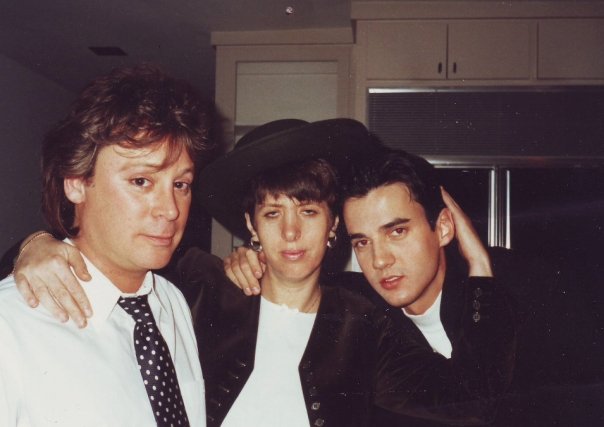
In a world increasingly reliant on technology, the case of Harvey Murphy serves as a stark reminder of the potential dangers of artificial intelligence when it intersects with law enforcement. In January 2022, Murphy’s routine trip to renew his driver’s license at a local DMV turned into a nightmare that would alter his life forever. Arrested and accused of an armed robbery at a Sunglass Hut in Houston, Texas, Murphy found himself entangled in a legal and personal battle due to a false facial recognition match. The ensuing events, as alleged in a $10 million lawsuit, paint a harrowing picture of the consequences of relying on flawed technology.
Murphy, a 61-year-old grandfather who had turned his life around after a criminal past, was more than 2,000 miles away from the scene of the crime. Yet, a ‘loss prevention’ agent from Sunglass Hut, using facial recognition software, identified him as the perpetrator. This identification led to Murphy’s arrest and his placement in an overcrowded maximum-security jail with violent criminals. The lawsuit details a brutal ordeal where Murphy was beaten, gang-raped, and left with permanent injuries—all while trying to prove his innocence.
The lawsuit emphasizes the gravity of the situation, stating, ‘All of this because a company told the police, based on artificial intelligence, that you were the one who committed terrible crimes.’ The armed robbery, which occurred on January 22, 2022, involved two armed men who threatened employees and stole cash and sunglasses. EssilorLuxottica, the parent company of Sunglass Hut, employs ‘loss prevention’ agents like Anthony Pfleger, who claimed to have identified Murphy as the criminal through the use of artificial intelligence and facial recognition software.
The technology behind this identification has been under scrutiny for years. Facial recognition software, while advanced, is notorious for its unreliability and the biases embedded within its systems. These biases have led to multiple cases of false arrests, disproportionately affecting Black individuals and other minorities. Despite this, the lawsuit alleges that EssilorLuxottica pushed for Murphy’s arrest, even preparing a store employee to positively identify him in a photo lineup.
Murphy’s arrest was based on old mugshots from the 1980s, which were part of the facial recognition databases used by EssilorLuxottica. At the time of the robbery, Murphy was living his life as a grandfather in Sacramento, California, completely unaware of the crime he was being accused of. It wasn’t until his arrest at the DMV that the shocking reality hit him. Even after presenting evidence of his innocence, he spent hours in jail before the charges were dropped.
The lawsuit filed by Murphy against Macy’s and Sunglass Hut details the traumatic events that followed his arrest, including the violent assault he suffered in jail. It argues that his ordeal was a direct result of the defendants’ reliance on ‘facial recognition technology that is known to be error prone and faulty.’ Os Keyes, an Ada Lovelace Fellow and PhD Candidate at the University of Washington, described the case as ‘tragic and entirely unsurprising,’ highlighting the systemic issues with facial recognition technology and its implementation in law enforcement.

Murphy’s case is not isolated. Similar incidents have occurred across the United States, leading to wrongful arrests and highlighting the need for a reevaluation of facial recognition technology’s role in policing. The lawsuit seeks to hold the responsible parties accountable and to shed light on the urgent need for change in the use of such technology.
As we navigate the complexities of a digital age, the story of Harvey Murphy serves as a cautionary tale about the intersection of technology, law enforcement, and the human cost of their potential misalignment. The lawsuit’s outcome remains to be seen, but the conversation it has sparked about the reliability and ethics of facial recognition technology is one that will undoubtedly continue.
Related posts:
Man Jailed, Raped, and Beaten After False Facial Recognition Match, $10M Lawsuit Alleges
Man Sues Sunglass Hut After Faulty AI Facial Recognition Tech Led to Wrongful Arrest
Facial recognition used after Sunglass Hut robbery led to man’s wrongful jailing, says suit





